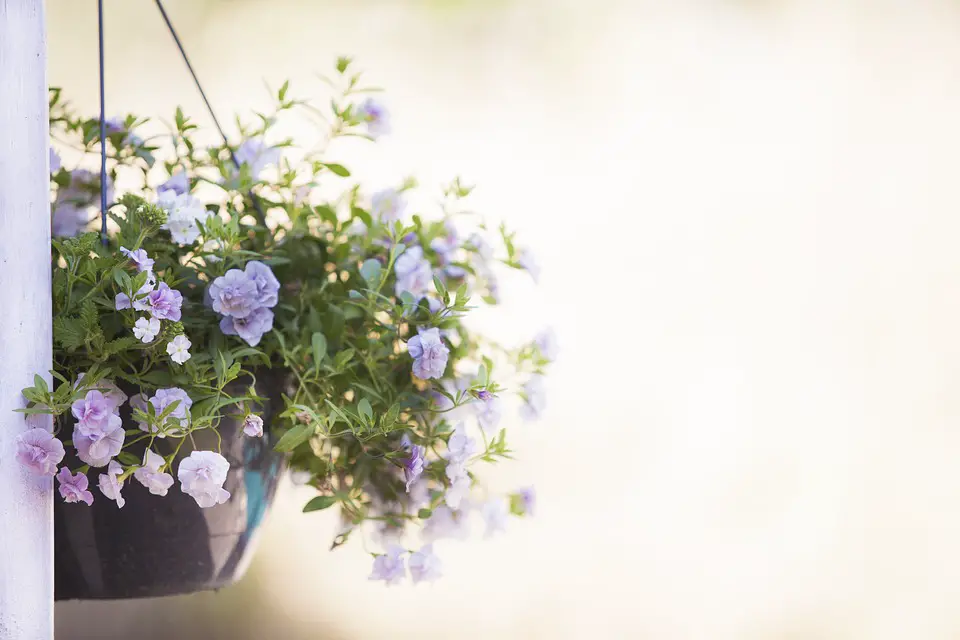Introduction
Living in an apartment doesn’t mean you can’t enjoy the beauty and benefits of nature. Indoor gardening
provides a perfect solution for urban dwellers who long for a touch of greenery in their living spaces. Not
only does it enhance the aesthetic appeal of your apartment, but indoor gardening also comes with numerous
health benefits. In this article, we will explore the advantages of indoor gardening and provide tips on how
to bring nature into your apartment successfully.
The Benefits of Indoor Gardening
Indoor gardening has a multitude of benefits, both physical and mental. Let us delve deeper into some of
these advantages:
-
Air purification
Plants act as natural air purifiers, absorbing harmful toxins and releasing clean oxygen in return.
By having indoor plants, you can improve the air quality within your apartment, leading to better
respiratory health and a more pleasant living environment. -
Stress reduction
Indoor gardening has been proven to reduce stress and anxiety levels. Taking care of plants and
tending to a small garden can be a therapeutic and calming activity, offering an escape from the
hustle and bustle of everyday life. -
Improved focus and productivity
Having indoor plants in your apartment can enhance concentration and productivity levels. Studies
have shown that being surrounded by greenery can help increase focus, reduce mental fatigue, and
boost overall well-being. -
Enhanced aesthetics
The presence of indoor plants adds visual appeal to your apartment, making it feel more vibrant and
welcoming. Whether you opt for small potted plants or larger hanging plants, they can transform even
the tiniest space into an inviting oasis.
Tips for Successful Indoor Gardening
Now that you are aware of the benefits of indoor gardening, here are a few tips to help you start your very
own indoor garden:
-
Choose the right plants
Certain plants are better suited for indoor environments. Some popular options include spider plants,
snake plants, pothos, peace lilies, and succulents. Consider factors like light levels, temperature,
and ease of care when selecting your indoor plants. -
Provide proper light
Most indoor plants require sufficient light to thrive. Place your plants near windows that receive
indirect sunlight or invest in artificial grow lights if natural light is limited in your apartment.
Remember to rotate your plants periodically to ensure even growth. -
Watering and humidity
Understand the watering needs of your chosen plants and establish a watering schedule accordingly.
Overwatering can harm your plants, so it’s crucial to strike the right balance. Additionally,
consider maintaining proper humidity levels by misting your plants or using a humidifier if needed. -
Soil and fertilizers
Use high-quality soil and choose appropriate fertilizers based on the requirements of your indoor
plants. Research the specific needs of each plant and ensure you provide them with the necessary
nutrients to promote healthy growth. -
Regular maintenance
Consistency is key when it comes to indoor gardening. Regularly inspect your plants for pests,
remove dead leaves, and dust the foliage. Pruning and repotting may be necessary as your plants grow,
so stay attentive and respond to their needs.
FAQs
1. Which plants are best suited for indoor gardening?
Some popular plants for indoor gardening include spider plants, snake plants, pothos, peace lilies, and
succulents. These plants are relatively low-maintenance and can thrive in indoor environments with
appropriate care.
2. How much light do indoor plants need?
Most indoor plants require bright, indirect light. Place them near windows that receive a good amount of
natural light throughout the day, but avoid exposing them to direct sunlight, as it can damage their foliage.
If your apartment lacks natural light, consider using artificial grow lights to supplement their lighting
needs.
3. How often should indoor plants be watered?
The frequency of watering indoor plants varies depending on the species, size of the pot, and environmental
conditions. It’s essential to check the moisture level of the soil before watering. Allow the top inch of
soil to dry out between watering sessions to avoid overwatering, which can lead to root rot and other
complications.




